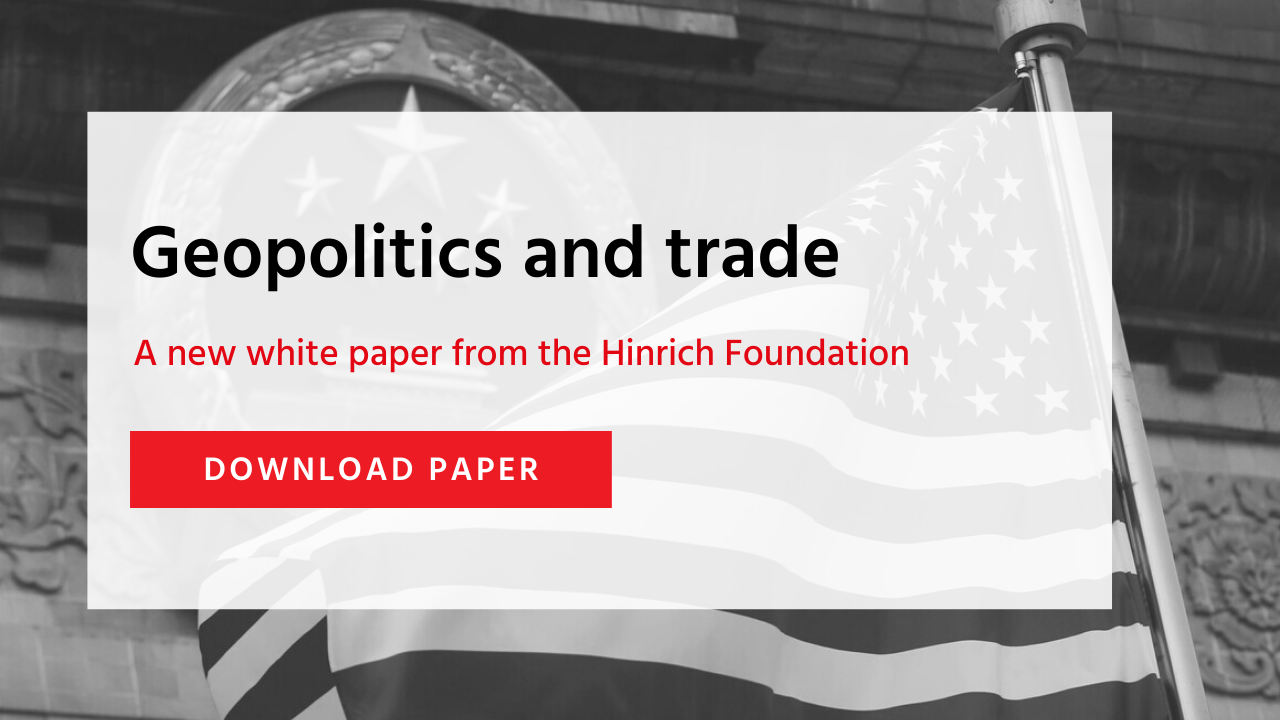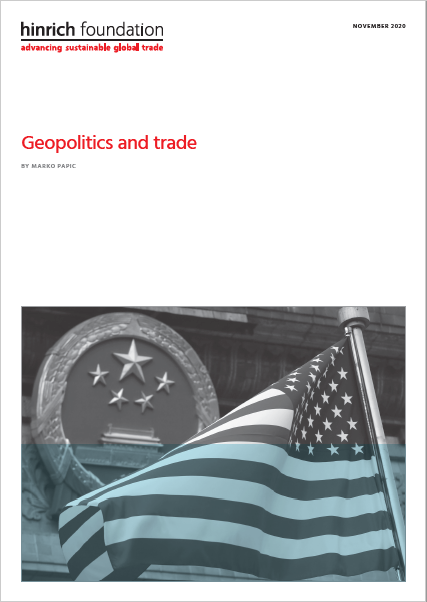Published 13 November 2020 | 5 minute read
There is a growing consensus that China and the US are locked in a new Cold War but this does not mean that a “Silicon Curtain” will necessarily divide the world into two bifurcated zones of capitalism. Indeed, in an increasingly multipolar world, trade, capital flows, and human exchanges between China and the US will continue and may even grow.
In this new paper, Marko Papic surveys the academic literature for clues on how the critical relationship between the world’s two largest economies will develop vis-à-vis trade and economic relations. He finds that the evidence from political theory is highly relevant.
Globalization, for instance, requires a high level of coordination among great powers that is only possible under hegemonic conditions. Where there is no hegemon to provide the global public goods of economic coordination, likeminded countries with shared interests – or common adversaries – will bind together in blocs to achieve economies of scale. As China increasingly challenges the current hegemon (the United States) the global context becomes one of multipolarity – the least “ordered” and most unstable of world systems. He suggests that in this multipolar world, the trade war between the US and China is geopolitically unsustainable.
Geopolitics and Trade offers an incisive and pragmatic analysis of a world in which geopolitics will play an increasingly prominent role. It is an important and highly readable account that will be of great interest to readers seeking a more nuanced and informed understanding of both the current US-China trade war and the future direction of globalization.
© The Hinrich Foundation. See our website Terms and conditions for our copyright and reprint policy. All statements of fact and the views, conclusions and recommendations expressed in this publication are the sole responsibility of the author(s).









